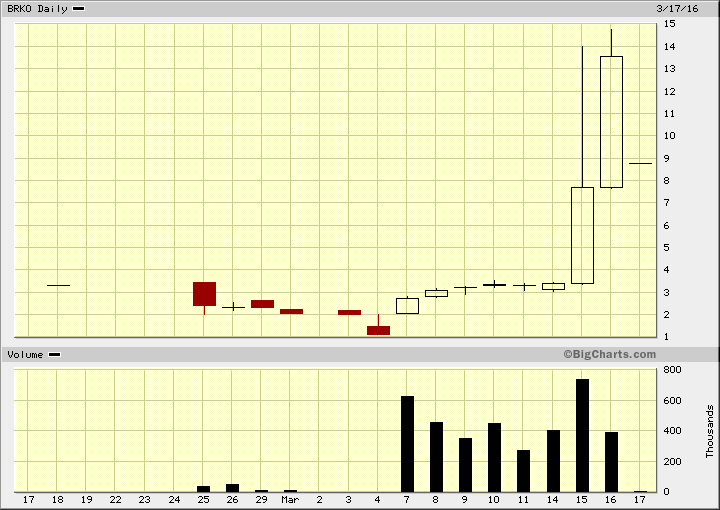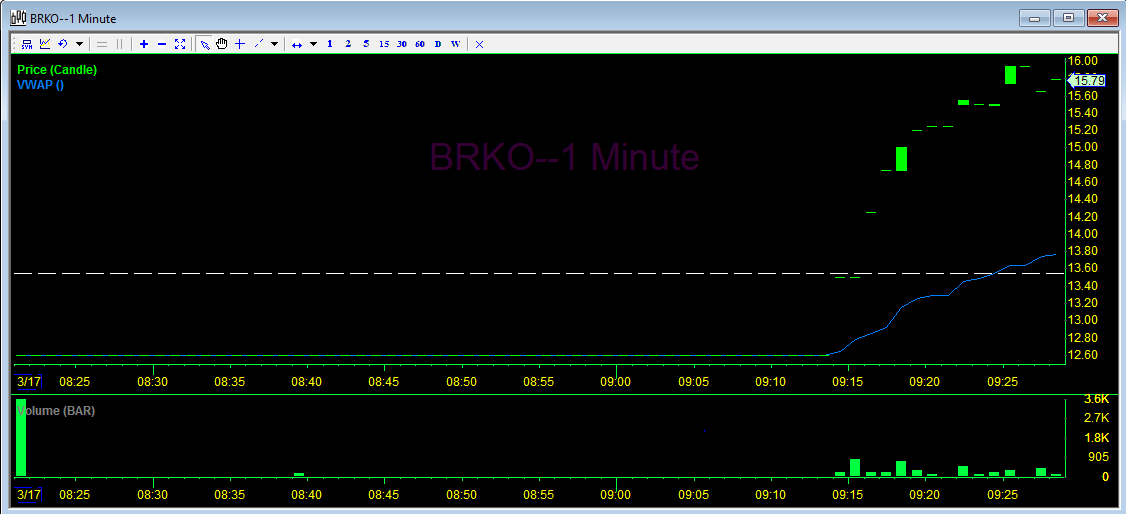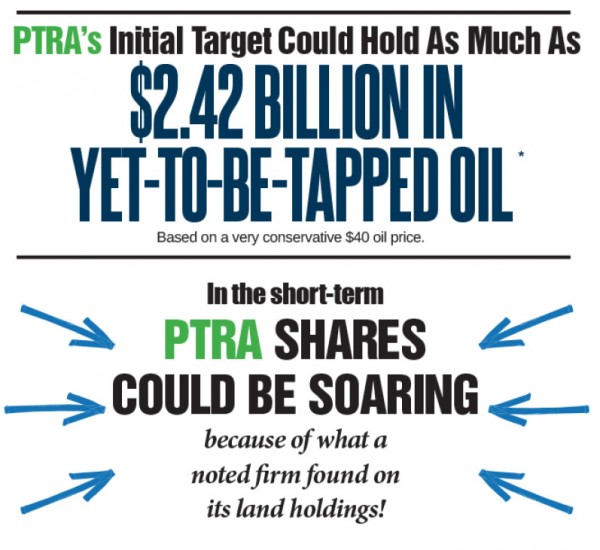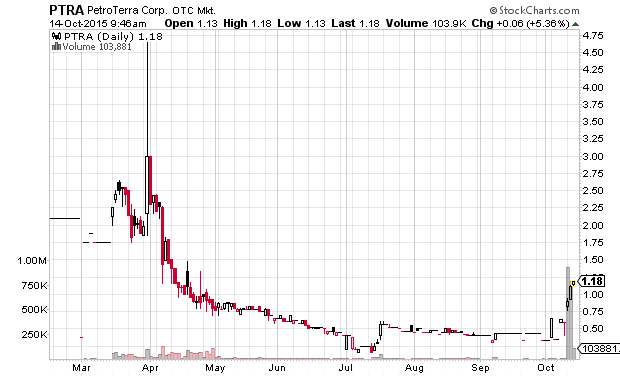One thing growth investors and stock promoters love is a brand new industry that is growing quickly and revolutionizing our lives. The problem is most of the time much of the companies end up losing money and even going bankrupt even as the new industry blossoms because of fierce competition. This happened with railroad companies in Britain in the mid 1800s, electronics companies in the US in the 1960s, computer companies in the 1980s, internet companies during the tech bubble in 1999, and has happened over the last few years in LEDs and solar panels. In most of these cases most companies did poorly and there were only a few companies that came to dominate the industry or if there were no good barriers to entry or many competing technologies, cutthroat competition has continued. Most of these stories have been told before and better than I could tell. So I will concentrate on the LED industry which is one I know well and has not been well followed by most people.
Light emitting diodes (LEDs) have been around for decades but only in the last decade have there been improvements in the technology such that they could be used in normal lighting situations rather than just as indicator lights. The first LED light bulb I bought back in 2008 produced 200 lumens of bluish-white light (~7000k). For comparison, 800 lumens is what a standard 60-watt incandescent bulb produces. That bulb was made by Lighting Science Group Corp (LSCG) and cost about $50. The most recent LED bulbs I bought (made by GE and sold at Home Depot) cost $3.13 each and produce 760 lumens or warm white light (2700k).
I just finished converting my house entirely to LEDs. The light quality is as good as incandescent bulbs, they use much less electricity, and they stay cool (which means less chance of fires and lower air conditioner usage). They also on average last far longer. The problem for manufacturers of LEDs is that no manufacturers have technology that is vastly superior to the others or patents on essential technologies. So while LEDs are high-tech, producing them is a brutal business. There are a handful of large manufacturers of the actual LEDs (e.g., Seoul Semiconductor, Epistar, Cree, Philips, Osram, and others) while there are thousands of companies putting those LEDs together with the electronics to drive them in bulbs. The large producers make a normal profit but most of the producers of LED bulbs make little.
Here is a chart of CREE, one of the ‘winners’:
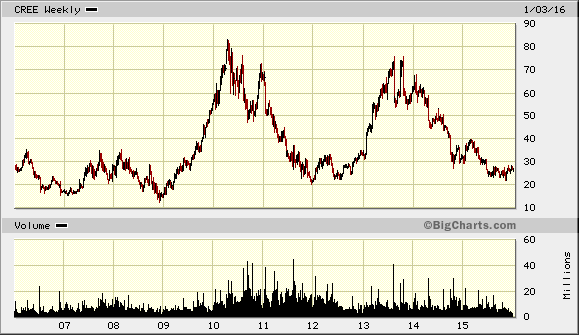
Cree has done well but the company’s stock is where it was essentially a decade ago.
Here is the chart of one of the losers, Lighting Science Group (LSCG):
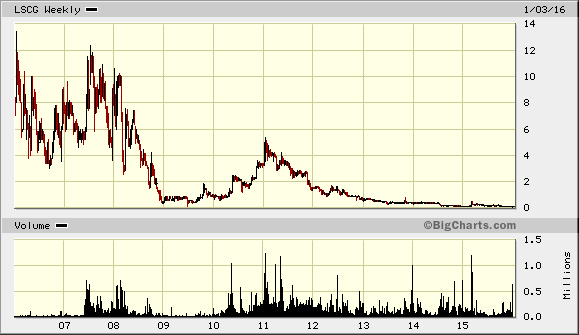
Lighting Science of course was my most profitable short ever back in 2008. Even though the company did go on to successfully market its products, they have not been profitable because of lower-cost competition.
LED lights are pretty awesome and within a decade 90% of new fixtures will use them. In two decades’ time LEDs will have 99%+ market share in general lighting for home and industry. Besides their aforementioned advantages, their unique properties also have made it possible for many of the poorest in the world to use a small solar cell and battery to power LED lights and charge phones, reducing the use of kerosene lamps and resulting in cleaner air and better health.
Why bring this up now? I am really excited about CRISPR-Cas9 and have publicly said that I would love to invest in any company in that space. Editas (EDIT) just filed an S-1 prospectus to go public. Anyone who is in awe of the possibilities of this gene editing technique including myself would do well to consider the similarities to past highly-hyped new industries. That is not even considering the legal morass that CRISPR is in right now with multiple groups having filed competing patents.
Disclaimer: No positions in any stocks mentioned. I have no relationship with any other parties mentioned above. This blog has a terms of use that is incorporated by reference into this post; you can find all my disclaimers and disclosures there as well.
(By the way, if you are looking to get a large number of non-standard LED lights (such as T-8 lights), I recommend Chong Ming LED — I found them through Alibaba and purchased 180 T-8 tube lights for an LED retrofit at the daycare run by my church. I also highly recommend Hyperikon, which has a large selection of bulbs available on Amazon.)
